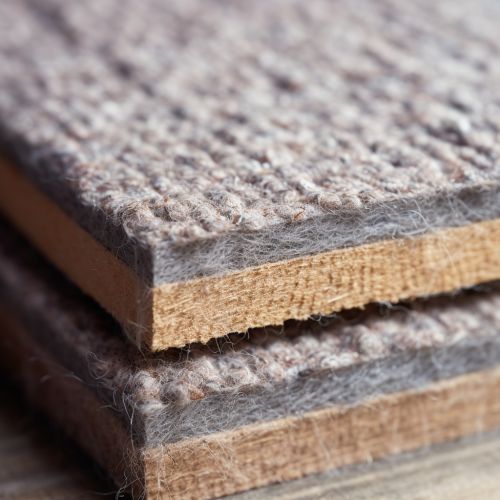Thermal Insulation Materials
Introduction
Thermal insulation materials are a category of materials used in construction and manufacturing to reduce the rate of thermal heat transfer. These materials work by trapping air or other gases, slowing the movement of heat. They are essential in maintaining comfortable indoor temperatures, reducing energy consumption, and protecting materials and equipment from damage due to heat.


Types of Thermal Insulation Materials
There are several types of thermal insulation materials, each with unique properties that make them suitable for specific applications.
Fibrous Insulation
Fibrous insulation materials are made from small diameter fibers that trap air or other gases. The high surface area of these fibers can reduce heat conduction and convection, resulting in excellent thermal insulation properties. Examples of fibrous insulation materials include glass wool, rock wool, and slag wool.
Cellular Insulation
Cellular insulation materials consist of small individual cells filled with air or other gases. These materials can be flexible, semi-rigid, or rigid, depending on the type of material used and the manufacturing process. Examples of cellular insulation materials include polyurethane foam, polystyrene, and polyisocyanurate.
Granular Insulation
Granular insulation materials consist of small nodules which contain pockets of trapped air. These materials can be loose or bound together, and are often used in situations where flexibility and ease of installation are important. Examples of granular insulation materials include perlite, vermiculite, and calcium silicate.
Properties of Thermal Insulation Materials
The effectiveness of a thermal insulation material is determined by its thermal conductivity, density, thickness, and specific heat capacity.
Thermal Conductivity
Thermal conductivity is a measure of a material's ability to conduct heat. It is denoted by the symbol 'k' and is measured in watts per meter-kelvin (W/m·K). The lower the thermal conductivity of a material, the better its insulating properties.
Density
The density of an insulation material affects its thermal conductivity and specific heat capacity. Higher density materials generally have higher thermal conductivities and lower specific heat capacities.
Thickness
The thickness of an insulation material is directly proportional to its thermal resistance. The thicker the material, the higher its thermal resistance.
Specific Heat Capacity
Specific heat capacity is a measure of a material's ability to store heat. It is denoted by the symbol 'c' and is measured in joules per kilogram-kelvin (J/kg·K). The higher the specific heat capacity of a material, the more heat it can store.
Applications of Thermal Insulation Materials
Thermal insulation materials are used in a wide range of applications, from building insulation to thermal protection in industrial processes.
Building Insulation
In buildings, thermal insulation materials are used to reduce heat transfer through walls, roofs, and floors. This helps to maintain a comfortable indoor temperature, reduce energy consumption, and reduce the risk of condensation and moisture damage.
Industrial Insulation
In industrial applications, thermal insulation materials are used to reduce heat loss from pipes, tanks, and other equipment. This can improve energy efficiency, protect workers from hot surfaces, and prevent damage to equipment due to overheating.
Transportation
In transportation, thermal insulation materials are used to reduce heat transfer in vehicles, ships, and aircraft. This can improve passenger comfort, reduce fuel consumption, and protect sensitive equipment from heat damage.
Environmental Impact of Thermal Insulation Materials
The production, use, and disposal of thermal insulation materials can have significant environmental impacts. These include the consumption of natural resources, energy use, greenhouse gas emissions, and waste generation.
Production
The production of thermal insulation materials involves the extraction of raw materials, manufacturing processes, and transportation. These activities can consume significant amounts of energy and natural resources, and can result in the emission of greenhouse gases and other pollutants.
Use
The use of thermal insulation materials can reduce energy consumption and greenhouse gas emissions by reducing the need for heating and cooling. However, some insulation materials can emit harmful substances during their use, such as volatile organic compounds (VOCs) and other air pollutants.
Disposal
The disposal of thermal insulation materials can result in waste generation and the release of harmful substances. Some insulation materials are recyclable, while others are not. The disposal of non-recyclable insulation materials can contribute to landfill waste and the release of harmful substances into the environment.
